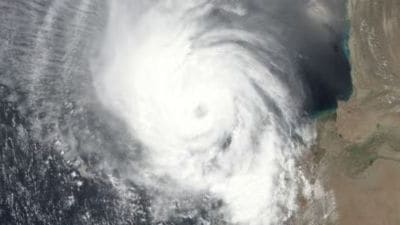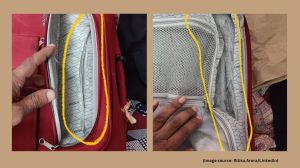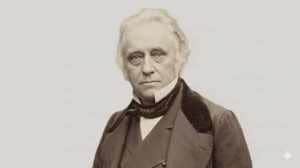Stay updated with the latest - Click here to follow us on Instagram
Explained: A vote and a union in trouble
According to BBC, if Scotland were to get a ‘geographical share’ based on the median line, about 90 per cent of UK’s oil would be under Scottish jurisdiction.
 Alex Salmond (Scotland First Minister, face of ‘Yes’ campaign) and Aalistair Darling (Labour mp, face of ‘Better Together’ campaign)
Alex Salmond (Scotland First Minister, face of ‘Yes’ campaign) and Aalistair Darling (Labour mp, face of ‘Better Together’ campaign)
What is Scotland voting for? How did it come about?
On September 18, 4.1 million people living in Scotland will vote to answer the question: “Should Scotland be an independent country?”. The result will be determined by a simple majority vote, and is expected to be announced on September 19. British Prime Minister David Cameron agreed to a referendum a couple of years ago when he and Alex Salmond, the First Minister of Scotland, who is also the leader of the Scottish National Party (SNP), signed the Edinburgh Agreement that set in motion plans for the vote.
Why do Scots want independence?
In 2011, the pro-independence Scottish National Party won the 2011 Scottish Parliament election by a landslide. The Salmon-led government believes independence would make Scotland one of the world’s richest countries, thanks to its oil wealth. According to him, the Scots should be set free of the “shackles” of a London-based UK parliament.
Who are the main faces?
The official campaigns are ‘Yes Scotland’ (with party support from SNP and Scottish Greens) and the unionist ‘Better Together’ (supported by Labour, Liberal Democrats, and Conservatives). Salmond has been the primary face of the ‘Yes’ campaign, while Alistair Darling, Labour MP and former chancellor of the exchequer, has headed ‘Better Together’.
What powers does the current Scottish government have?
The Scottish Parliament came into existence in 1999, following a “yes” vote in a referendum on “devolving” some powers to a Scottish elected body. The Parliament was initially controlled by the Scottish Labour Party, but since 2007, SNP has held most of the seats. Under the terms of the Scotland Act of 1998, the Scottish government can pursue its own policies in a broad range of areas, including education, health, agriculture and environment. But the Parliament at Westminster controls foreign policy, defence, immigration, most government benefits, corporate regulation, and energy. It also sets most of the tax rates for the UK as a whole.
Will a ‘yes’ vote mean Scotland becomes a country straightaway?
No. There is still a lot of ground to cover. There will be 18 months of negotiation on a range of issues: currency, division of assets and liabilities, borders, movement of people, EU membership, and the distribution of welfare agreements. A declaration of independence would take place on March 24, 2016 (chosen because it was exactly 309 years to this date that the union was signed). An election would follow in May. Until then, current laws will stay.
What happens if people vote ‘no’?
The SNP will remain in office in Edinburgh until the Scottish parliamentary elections in May 2016. All three Westminster parties have promised more devolution to Scotland. But Queen Elizabeth II will still be head of state.
Would independent Scotland be part of the European Union?
There isn’t a precedent for the division of an EU member state, and it’s unclear whether an independent Scotland would need to reapply or automatically be granted entry.
What happens to North Sea oil?
That could be subject to years of wrangling if the ‘yes’ vote wins. In 2012, the North Sea supplied the UK with 67 per cent of its oil and 53 per cent of its gas. According to BBC, if Scotland were to get a ‘geographical share’ based on the median line, about 90 per cent of UK’s oil would be under Scottish jurisdiction.




- 01
- 02
- 03
- 04
- 05



























